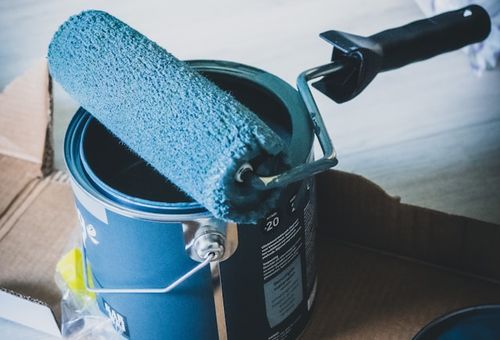Best exterior painters in Nonzwakazi, Northern Cape
Top exterior painters near you
Browse the best exterior painter experts and compare ratings and reviews.
Hire the best exterior painter
Search Uptasker for the best exterior painters - check ratings and read customer reviews
Are there painters who specialise in painting the exteriors of buildings?
All buildings must be constantly maintained to keep them safe and fully functional, whether used for private, commercial, medical or business practice. This includes the visual aesthetics of the building; the exterior façade of any building will either attract or deter those viewing it, as judgements are often made on initial appearance. Just as your outward appearance initially influences people, either positively or negatively, the same applies to your living or working environment. A building which is neglected on the exterior is probably indicative of its inhabitants’ attitudes.
Why is it necessary to keep repairing and repainting?
Buildings naturally deteriorate over time due to the effects of differing weather conditions – both heat and wet conditions can have a damaging effect on paint, varnish, wood or metal window and door frames, plastic guttering and downpipes, roofing tiles and flues. Over time, cracks, rust, fading and peeling paint and varnish will become visible and possibly detrimental to the overall structural integrity of the building. A knowledgeable and experienced exterior painter will help you keep these areas in top condition.
Thorough preparation and suitable materials are essential
Preparatory work is essential in most painting jobs. Exterior walls and roofs should first be pressure-washed to remove any build-up of mould, moss, stubborn grime or grease and dust, and the surfaces thoroughly checked for cracks and crumbling plaster or brickwork or cracked or broken tiles. Let us not forget the roofs, often neglected when exterior painting is done, which can bring down the whole exterior appeal of a property. Wooden surfaces such as window- and doorframes and garage doors must be thoroughly sanded, cleaned and appropriately filled where there may be gaps or cracks, old varnish or paint thoroughly removed, or primed where there is new bare wood.
In other words, repairs must be carried out and the application surface properly prepared before any painting work is started. Exterior light and other fittings should be covered with plastic during the painting process to prevent being damaged or spattered with paint, and any exterior screens temporarily removed. Invest in a durable and suitable exterior paint or varnish which offers the most resistance to discolouration, UV rays, dirt, mould, and varying weather conditions. If necessary, apply an external damp course membrane - typically at 150mm above the external finished floor level - before painting if the building is in an area exposed to high humidity, heavy rain, or constant sea breezes, or has been built on clay or soggy ground.
Also bear in mind that a good exterior paint will obtain maximum hardness and strength within 5 – 7 days so it should be applied during periods of dry weather. An exterior painter will advise you on the best materials to use in all these aspects.
How to find the right exterior painter for your needs
Check their online ratings and customer reviews
It is more convenient and efficient to search for the right specialist from one central location, rather than having to check various sources. Uptasker is an ideal source as this site lists suppliers in geographical locations to find the right supplier in your immediate area. Uptasker also provides access to online ratings and customer reviews as they become available. This is advantageous as it allows you to obtain users’ feedback on the value, reliability and quality of service provided by any listed supplier. A further advantage of this site is the “one-click” links to suppliers’ websites, if available.
Alternatively, you can check the Online Yellow Pages, house and home magazines or catalogues, and renovation and building publications but this is time-consuming, and you may battle to find the supplier you need in your specific area.
Top exterior painter tips

When painting the exterior of any building, it is essential to find a supplier who is experienced and knowledgeable in their craft. Exterior painting is far more complex and detailed than interior painting, due to the harsher conditions to which the exterior of buildings are exposed. For a final finish that is longer-lasting and more durable, any painting work must necessarily be preceded by careful preparation such as sanding, damp-proofing, crack- and hole-filling. Painting or varnishing over old surfaces which have not been correctly prepared beforehand will result in a sloppy and temporary fix which will cost far more in the long run than taking the time to undertake this vital step. Do your research and invest by choosing materials able to cope with the weather conditions in your area. For more tips, see our exterior painter articles.
Read Exterior Painter articles
